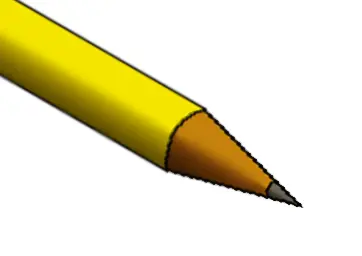With straight diagonal lines.

Why are there gaps on either side of the upper-right square? Seems like shoving those closed (like the OP image) would allow a little more twist on the center squares.

there’s a gap on both, just in different places and you can get from one to the other just by sliding. The constraints are elsewhere so wouldn’t allow you to twist.
Oh, I see it now. That makes sense.
I think this diagram is less accurate. The original picture doesn’t have that gap
You have a point. That’s obnoxious. I just wanted straight lines. I’ll see if I can find another.
Homophobe!
hey it’s no longer June, homophobia is back on the menu
If there was a god, I’d imagine them designing the universe and giggling like an idiot when they made math.
if I ever have to pack boxes like this I’m going to throw up
I’ve definitely packed a box like this, but I’ve never packed boxes like this 😳
Oh so you’re telling me that my storage unit is actually incredibly well optimised for space efficiency?
Nice!
Here’s a much more elegant solution for 17

https://kingbird.myphotos.cc/packing/squares_in_squares.html

Mathematics has played us for absolute fools
Why can’t it be stacked up normally? I don’t understand.
You could arrange them that way, but the goal is to find the way to pack the small squares in a way that results in the smallest possible outer square. In the solution shown, the length of one side of the outer square is just a bit smaller than 12. If you pack them normally, the length would be
larger thanexactly 12. (1 = the length of one side of the smaller squares.)
Is this confirmed? Like yea the picture looks legit, but anybody do this with physical blocks or at least something other than ms paint?
Is this a hard limit we’ve proven or can we still keep trying?
We actually haven’t found a universal packing algorithm, so it’s on a case-by-case basis. This is the best we’ve found so far for this case (17 squares in a square).

Figuring out 1-4 must have been sooo tough







